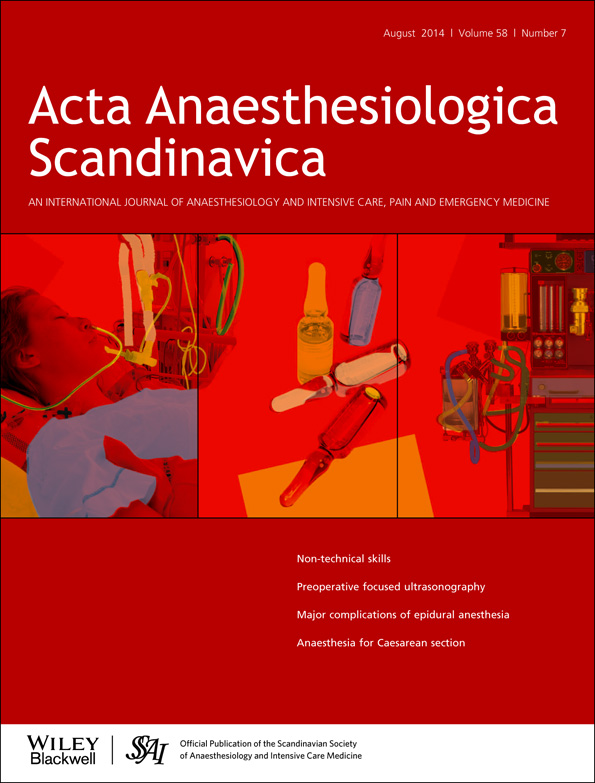A series of severe necrotising soft-tissue infections in a regional centre in Sweden
Abstract
Background
Necrotising soft-tissue infections (NSTIs) are rare conditions with high morbidity and mortality. Patients with NSTIs are often transferred to tertiary hospitals, but the question of whether the potential benefits of highly specialised care outweigh the risks associated with inter-hospital transfers has been raised.
Methods
Prospective study including all patients with NSTIs treated at the intensive care unit at Sahlgrenska University Hospital/East between January 2008 and December 2011.
Results
Twenty-nine patients with NSTIs were identified. Their median age was 54 years and 69% were men. Major co-morbidities were present in 45%. Seventeen patients (59%) were referred from other hospitals. Only 33% of the patients were correctly diagnosed or suspected of having NSTIs in the emergency department. Group A Streptococcus was the most common microbiological finding (41%), followed by Enterobacteriaceae (17%). The median time from hospitalisation to the first dose of antibiotics was 6 h and the median time to primary surgery was 16 h. Hyperbaric oxygen therapy was given to 86%, and intravenous immunoglobulin was given in 52% of the cases. The 30-day mortality was 14% (4/29). The times to the first dose of antibiotics, intensive care unit admission and primary surgery did not differ between transferred and directly admitted patients, and there was no difference in outcome between the groups.
Conclusions
Patients with NSTIs develop severe local and systemic symptoms and require extremely resource-demanding hospitalisation. Inter-hospital transfer was not associated with a delay in key interventions and could not be identified as a risk factor for adverse outcome.




